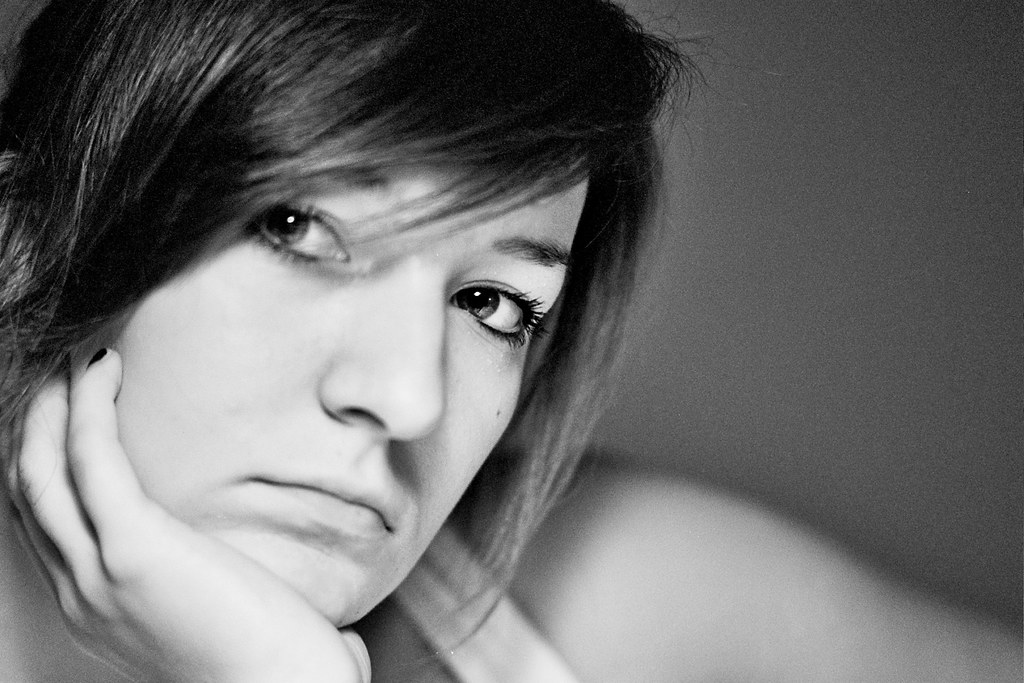anjoca76
Well-known
I realize this photo was chosen for exactly this purpose--to stimulate debate and illustrate a point. Had it not been, I never would have given it a second thought. Proper exposure and bokeh aside, it looks like a quick snapshot on a cheap digital camera. It looks flat to me. Had I been told it was instead captured with an expensive camera and expensive glass, I would have been very surprised, not just because better gear most would likely have yielded better results, but because those who own good gear tend to be at least halfway decent photographers, if not pros, who know how to use that gear.
Knowing how to use post-processing software is essential these days for most of us, and yes, plenty of times Lightroom has saved an otherwise hopeless photograph of mine from the trash bin, but more often than not, all things being equal, my better gear gets me more interesting and higher quality results than my cheaper gear.
The OP's argument is sort of akin to saying that, with the advent of auto-tune, knowing how to sing in tune is no longer a necessary skill for recording a great vocal track. While there is some truth in that, the singers who are worth a damn and enjoy long careers don't need computerized help to sing well. Brittany Spears will never be Barbara Streisand.
Knowing how to use post-processing software is essential these days for most of us, and yes, plenty of times Lightroom has saved an otherwise hopeless photograph of mine from the trash bin, but more often than not, all things being equal, my better gear gets me more interesting and higher quality results than my cheaper gear.
The OP's argument is sort of akin to saying that, with the advent of auto-tune, knowing how to sing in tune is no longer a necessary skill for recording a great vocal track. While there is some truth in that, the singers who are worth a damn and enjoy long careers don't need computerized help to sing well. Brittany Spears will never be Barbara Streisand.


